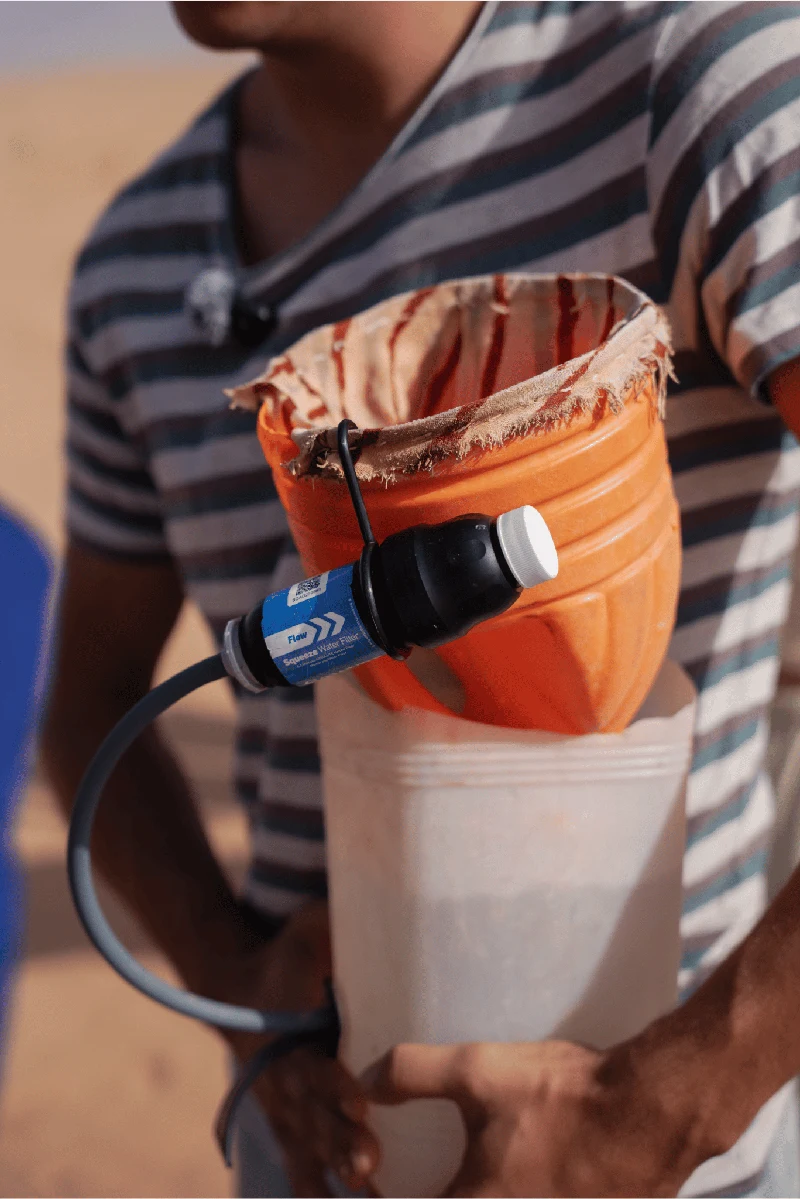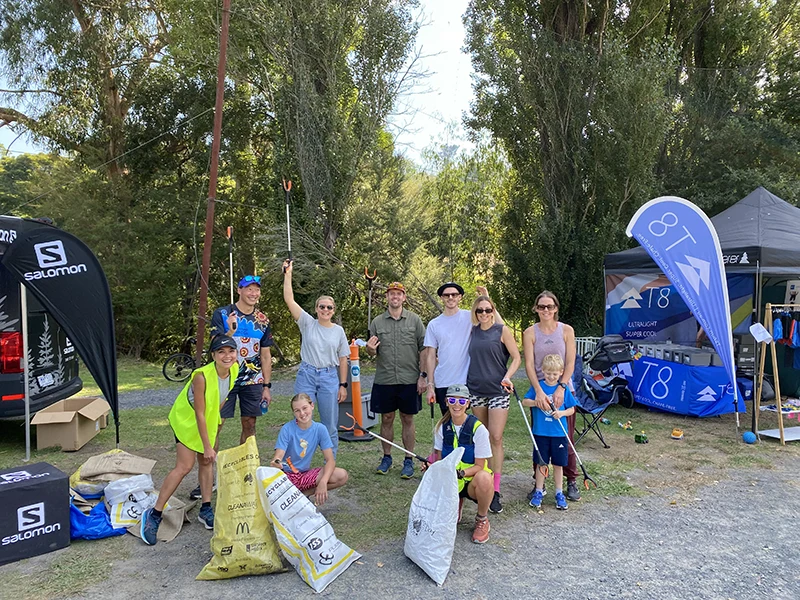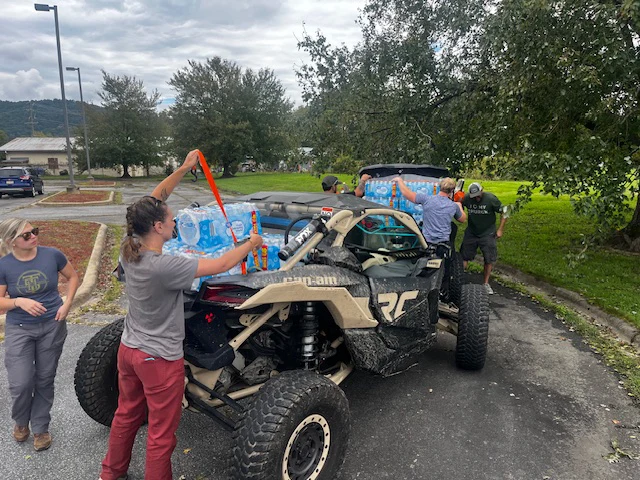

The Paddling
The swells were coming at me from both directions. I was now at the mercy of the full power of the Sea of Cortez. I had paddled over 900 miles at this point, thinking that all I had learned granted me the success to see the trip through and finish it strong without any further hiccups.
I was wrong.

I had the usual waves I got daily from wind swell coming from the north. The north winds of the Sea of Cortez are a force to be reckoned with, but now three months into the trip, it was just another day. Coincidentally, I was now beginning to see the power of the Pacific Ocean.
Swells starting their life down in Antarctica were making their way up and into the Gulf of California, greeting me along a cliff-ridden stretch of coast.
The multi-directional wave action fueled frustration and anger I hadn’t experienced in a while. It was one thing to deal with swells and wind from one direction while focusing on my balance, but it was another to have the two meet from separate directions. Adding a little spice to the frustration stew, the mile-long cliff face I was paddling along was reverberating those swells causing me to spin and bounce while I did my best to maintain my balance and try not to capsize.

My twelve-foot board was fully loaded front to back with two dry bags, five gallons of water, camping gear, and camera equipment. I had to focus as each wave from any direction threatened the operation.
I remembered capsizing once before, screaming underwater as loud as I could without anyone to hear my panic.
When I need to focus on my balance, I stare at the nose of my board. Timing my strokes of the paddle with the crest of a wave was crucial while I was in the trough, or I’d find myself reaching further than normal, potentially sending myself off balance.

With my intended gaze at the nose of my board and turquoise blue water slightly churned from the swells, my eyes caught the swirl of a large school of fish directly underneath me. Well over 100 fish were circling in unison below. It was a beautiful sight, highly valued given that I was in a marine protected area.
I was admiring the beautiful silver and wonderful distraction that they were when out of my periphery, something bigger and darker caught my eye.
At first, I didn’t want to look. I didn’t want to stray my focus, as this was certainly a, “no fall zone.” But in the split second it took my periphery to notice it, my reaction was obvious and I looked over to see the shape of a shark with its large tail swaying back and forth rapidly, torpedoing towards me.
The shark was coming at me at predatory speed and I didn’t know what to do other than brace for impact.

With all this happening in two seconds, the 4-6 foot bull shark swam directly at me, then at the last minute, turned away with less than a foot to spare. I was locked in a battle of balance along a cliff edged coast with no one around to call for help.
What I first thought to be the end of the trip - and also my life - was actually just a bluff charge from one of the most aggressive shark species in the ocean.
In the 900 miles it took for me to have that shark encounter, never did it occur to me that sharks would a problem. And it turned out, they weren’t. I only saw four sharks in the 1,004.50 miles it took me to standup paddle from San Felipe to Cabo San Lucas - the length of the Baja Peninsula - two of which were on the same day. I saw many others left dead on beaches by shark fisherman.

But the trip was never about sharks and never about wanting to see one, the trip was all about the Vaquita Porpoise.
The Porpoise
For nearly twenty years, much of my youth was spent travelling down the Baja peninsula of Mexico, chasing waves up and down the Pacific Coast. For nearly twenty years, I selfishly pursued my passions of surfing remote waves with no one around while I ate tacos, drank beer, and left the comforts and controls of home to be in the solitude of the desert.
But over time, something started to change in my life. I felt this urgency to give back. I selfishly travelled south of the border to fill my soul, but not one of those trips did I ever give back. I felt guilty and even depressed that for so long I enjoyed Baja without so such as caring for its environment.
Learning about the porpoise, the most endangered marine mammal on the planet, endemic to Baja’s Sea of Cortez, I knew what I needed to do.

I loaded up my paddleboard with dry bags and camping gear, and began my paddle heading down the coast with the intention of writing articles, giving presentations, and raising awareness anywhere I could about the endangered porpoise.
Into the unknown I went, into the desert, and hopefully into a world of conservation and fulfillment, stoked that I was finally doing something to give back.

The Vaquita is the world’s smallest and endangered marine mammal. Only living in the Sea of Cortez, it’s endemic to the upper Gulf of California. While being new to science in 1958, its population has done nothing but plummet ever since. Now in 2024, there are only 10 - 13 individuals left. Their life is in the hands of the government, while nothing is being done, despite speeches from people in power.
They’re often caught as bycatch, swept up in nets intended for another species: the totoaba fish.

The totoaba fish is illegal to harvest in Mexico, but because of the black market value of the fish’s swim bladder fishing persists in the Baja Peninsula through illegal cartel activity. The decline of the Vaquita is merely collatoral damage.
Removing the nets from the Vaquita’s range is a huge part of conserving the species.
The Purpose
As long as nets are present in the Baja Peninsula -legal or not- the Vaquita will remain in danger of extinction. Earth League International, with the use of covert agents and retired FBI agents, works behind the scenes to prevent the cartels from deploying the nets and enforcing international law.
One of the most impactful ways to help the species is to spread awareness, and my goal from the trip is to write a book while donating all the funds to conservation measures, helping fund Earth League International and their efforts.

I thought about starting this story with the strong wind event that capsized me and all my gear tied to my board in heavy seas. I thought about the 6.2 magnitude earthquake that hit in the middle of the night. Or about the time I ran out of food and had to paddle to a nearby and remote fish camp to ask for help.
This trip turned out to be 123-days of the wildest, hardest, most demanding, and yet, beautiful adventure I’ve ever been on.

It took all the experience and knowledge I’d gathered throughout my life to even make each day possible, while still pushing the limits of the last stitch of gear, last ounce of patience, and last shred of self-respect I had. But in the struggle, it rewarded me with the bluest water I’ve ever seen, an abundance of wildlife that I never knew existed, and beauty so unimaginable that even a dive into a hallucinogenic substance couldn’t re-create.

I was successful protecting my skin with good sunscreen and from sand fleas and bug bites thanks to Sawyer’s Picaridin Insect Repellent.
I was successful in fueling my body and taking care of it remaining free from injury (aside from my pride being stripped by the harsh conditions). And although the Vaquita are on the brink of extinction, with arguably only ten left in the wild while you read this, they’re showing signs of survival. I was grateful to be able to witness such remote beauty, and I hope that it always remains this way.

The book I am writing is nearly finished and I am excited to (hopefully!) launch in summer of 2024. All of the proceeds will be donated to the conservation of the Vaquita Porpise. More to come!
Stats from the trip:
Burned 255,901 calories total
Faced 14 El Norte wind events
Took 15 showers
Averaged 14.35 mile/day
Had 4 shark encounters
Paddled through 2 time zones
Experienced 1 hurricane
Had 1 helluva trip
From the Squad
Campfire conversations with our community, from Squad Members and Ambassadors to Brand Partners and the Sawyer team.

















